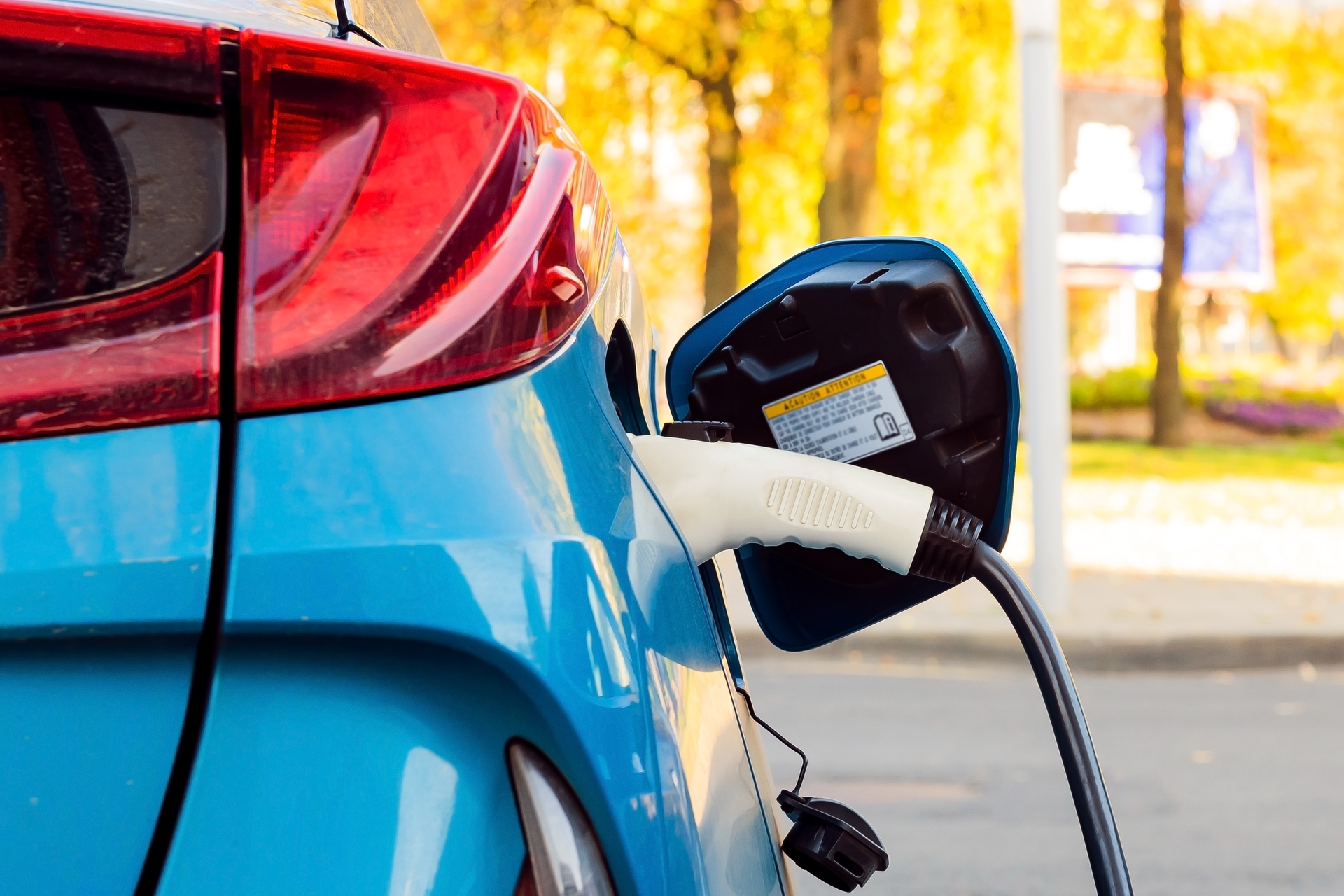Created in 2008, the ecological bonus has since undergone numerous modifications to adapt to market developments. Next year, this will be calculated taking into account new criteria.
For the moment, when you buy a new electric car, this bonus is calculated according to a single criterion: the greenhouse gas emissions when the vehicle is used. In view of the new knowledge acquired about the environmental impact of this type of automobile, this is largely insufficient. In July 2023, a draft order and decree was submitted for consultation to establish an environmental score in order to achieve eligibility for this bonus for individuals. This will take into account new criteria that manufacturers will have to respect.
An environmental score for a more comprehensive approach
A car does not produce greenhouse gases only when it is used, but also during its manufacture. It is with this in mind that this draft decree has been proposed. This environmental score thus takes into account this aspect of the vehicle’s life cycle to assign it a minimum score so that it is eligible or not for the bonus.
The French Environment and Energy Management Agency (ADEME) will determine this score. The calculation of the carbon footprint will then integrate the stages of production of the vehicle before it is used: use of materials, assembly, manufacture of the battery and transport of the finished automobile to the points of sale on French territory.
Calculation of the score and derogations
The methodology used to calculate the score is fully defined in the draft decree. It is based on many factors to determine the total carbon footprint by adding the quantities of CO2 produced at each stage of manufacture. It will therefore be up to the manufacturers to provide the necessary supporting documents in order to submit their vehicles to the calculation of the score. The latter will differentiate cars according to their use – city or multi-purpose – and will define reference values for emission factors according to numerous criteria: type of battery, assembly locations or use of specific raw materials such as steel or ‘aluminum.
What happens if a builder does not reach the minimum score? He will be able to submit a derogation file to prove his good faith. If this is the case, he will be required to provide ADEME with additional information and supporting documents so that it can carry out an audit and verify the veracity of all the elements.
Thanks to the evolution of the methodology for calculating this bonus, we can hope that manufacturers will be led to favor more ecological manufacturing processes. This global approach should be more adapted to the realities on the ground, in particular the total carbon footprint of an electric vehicle. It remains to be seen how this decree will be applied and to what extent exemptions will be granted. Will the year 2024 be a real step forward towards environmental protection?
Source : Sustainable development public consultations

7